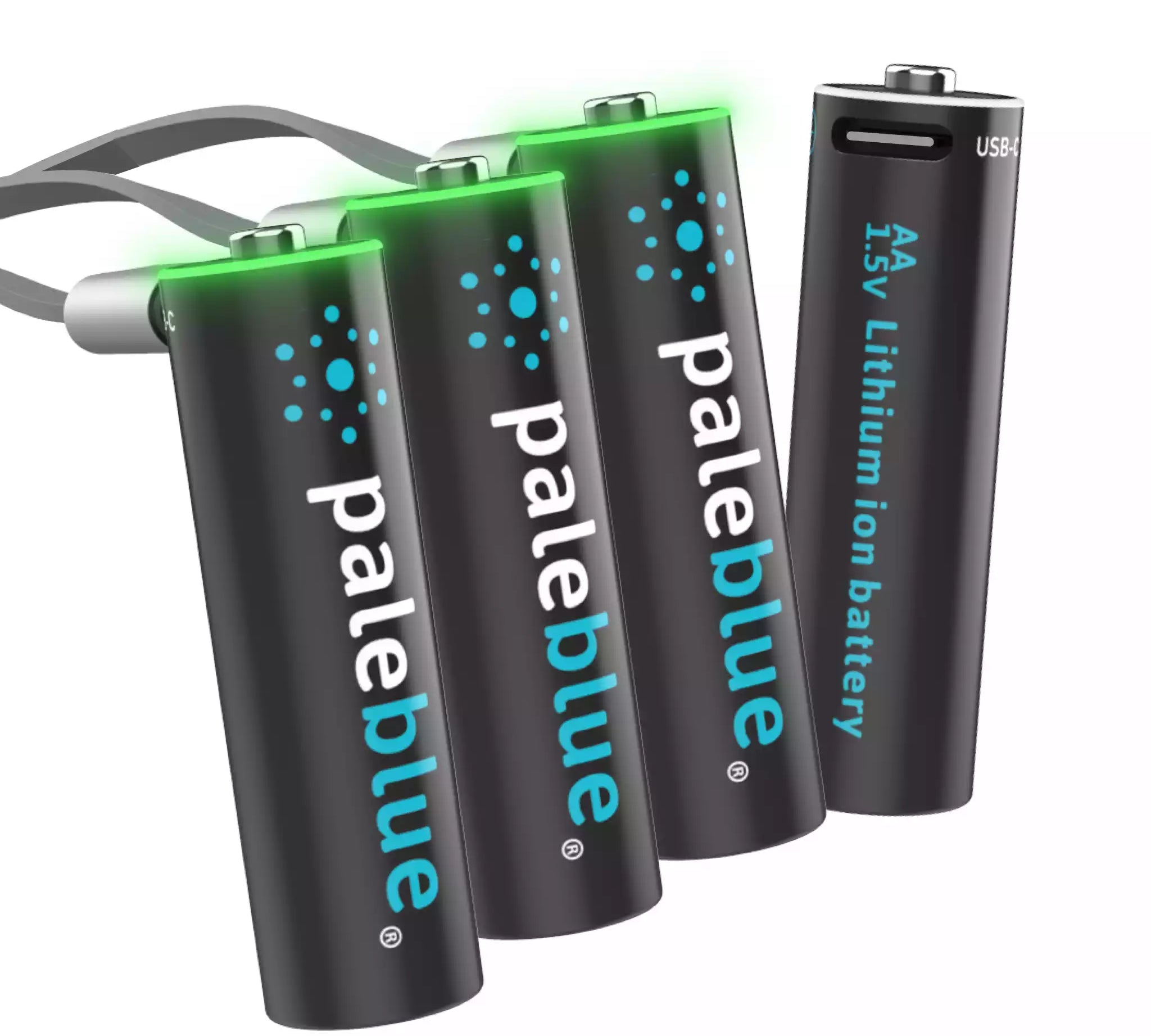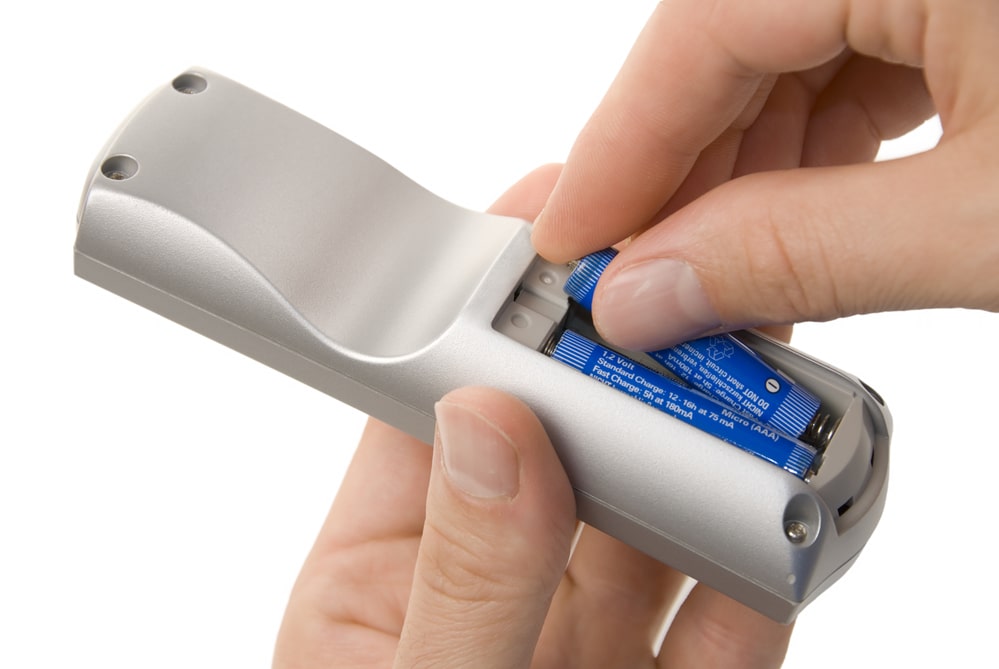Top 5 Things You Might Not Know About Lithium

By now you have probably figured out that our USB rechargeable batteries are based on lithium ion technology. Lithium ion is one of those terms we bandy about without fully understanding what it means. And that's okay. You do not have to understand lithium to get full use of our batteries any more than you have to understand how memory works to realize the full benefits of your laptop and smartphone.
Just the same, we thought it might be interesting to discuss lithium. Without it, our batteries would not exist. Lithium is not only critical to our business model here at Paleblue, but it is also equally important to the automotive industry, the medical industry, and others.
To get the ball rolling, here are the top five things you might not know about lithium:
1. Lithium is an Element
Most people with a cursory understanding of lithium assume it is merely an alkali metal. That it is, but lithium is so much more. It is also a chemical element and is represented by the symbol Li on the periodic table. For the record, a chemical element is a substance that cannot be broken down by any chemical means. It is considered a pure substance thanks to atoms possessing identical numbers of protons.
Interestingly enough, a lithium atom's nucleus exists on the verge of instability. It is believed that its potential for instability is one of the reasons lithium is less common than most other light elements.
2. It Is Sometimes Known As White Petroleum
Pure lithium metal burns white but adds crimson to a flame. That, combined with its value on the commodities market, leads people do sometimes refer to it as 'white petroleum.' It turns out that lithium's combustion properties led to its discovery in the 18th century when scientists were studying a mineral substance that burned with a crimson color. Breaking down the mineral lead to the discovery of lithium and its burning white.
3. Lithium Is Difficult to Mine
Lithium is not considered as rare as some precious metals because it is found in nearly all igneous rocks. It is also fairly common in mineral springs. Yet it is quite valuable because of the difficulty in mining it. You just can't go dig it out of the ground. It has to be extracted from rock or lithium salts found underground.
When salts are the target, a process known as brine mining can take from eight months to three years. A chemical process can be used to extract lithium from rock, but it is not all that fast or easy either.
4. Lithium Has a Wide Variety of Uses
We know lithium primarily as a metal used in our USB rechargeable batteries. And in fact, most of the modern electronic devices we power with batteries utilize lithium ion units. That includes our cell phones, computers, hearing aids, and so on. But lithium has many more uses.
The automotive industry is a heavy consumer of lithium for electric vehicle batteries. In medicine, lithium can be used to treat a variety of mental illnesses including bipolar disorder, depression, and schizoaffective disorder. Lithium is used in ceramic and glass production, grease manufacturing, electronic nano welding, pyrotechnics, and more.
5. Its Name Comes from Greek
Finally, the actual word 'lithium' comes from the Greek word 'lithos,' which means 'stone'. We assume it was so named because of the abundance of lithium in igneous rock.
- Tags: Performance Sustainability







